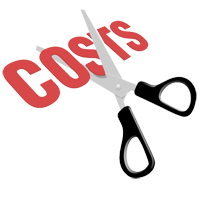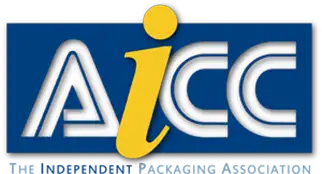When a manufacturer quotes your corrugated boxes, they are considering many factors. Specifically, they focus on the specifications you provide. In this 3-part series we will look at how the details of your project drive the manufacturing costs of your packaging.
First up? Materials. In future posts we will also cover packaging construction as well as the printing process.
Materials
For boxes, material is the largest cost driver, so the cost of your material and the amount of material you use will greatly inform the cost of your boxes.
Using recycled content
The amount of recycled content in a corrugated box depends on the manufacturer and where they source their paper. If you request higher percentages of recycled content, outside of a factory’s typical range, the material will need to be brought in specially for your order, which can increase your costs.
For boxes, recycled content percentage is typically between 30% and 50%. Verifying exact percentages is difficult because the raw materials can fluctuate from batch to batch. Keep in mind that brighter white kraft has less recycled content.
Amount of material and waste
When a manufacturer knows how many boxes you need, they will optimize for using the least amount of material with the least amount of waste in a way that’s most efficient for your run size.
For example, if you order 20,000 boxes, a manufacturer may create cutting dies and printing plates that are 4-up (creating 4 boxes at a time). Blanks (pre-cut sheets of corrugated) will be cut to the size of that 4-up tooling, with the least amount of waste possible.
To use even less waste, and in turn, less material, an obvious option is reducing the size of your box. A less obvious option is switching its opening orientation. In the example below, you can see that while these two boxes are the same volume, when the box opens from the shorter side instead of the longer side, it has a 10% smaller material footprint.
If you are flexible with the construction of your box, you may be able to optimize even further. For example, manufacturers default to producing boxes with the fluting (aka corrugation) running up and down to give the box a more rigid structure. But if you’re shipping lightweight items in smaller boxes, fluting direction may not be as crucial. If you are ok with a variation in fluting direction you may be able to get more boxes out of each blank and use less material overall.
These two boxes have the same interior dimensions, but when the box opens from the shorter side instead of the longer side, it has a 10% smaller material footprint.
We see it as an important job to not only consult with you on the best way to accomplish your goals, but to educate you on important aspects of packaging. Thank you for giving us the gift of your time and attention today.





